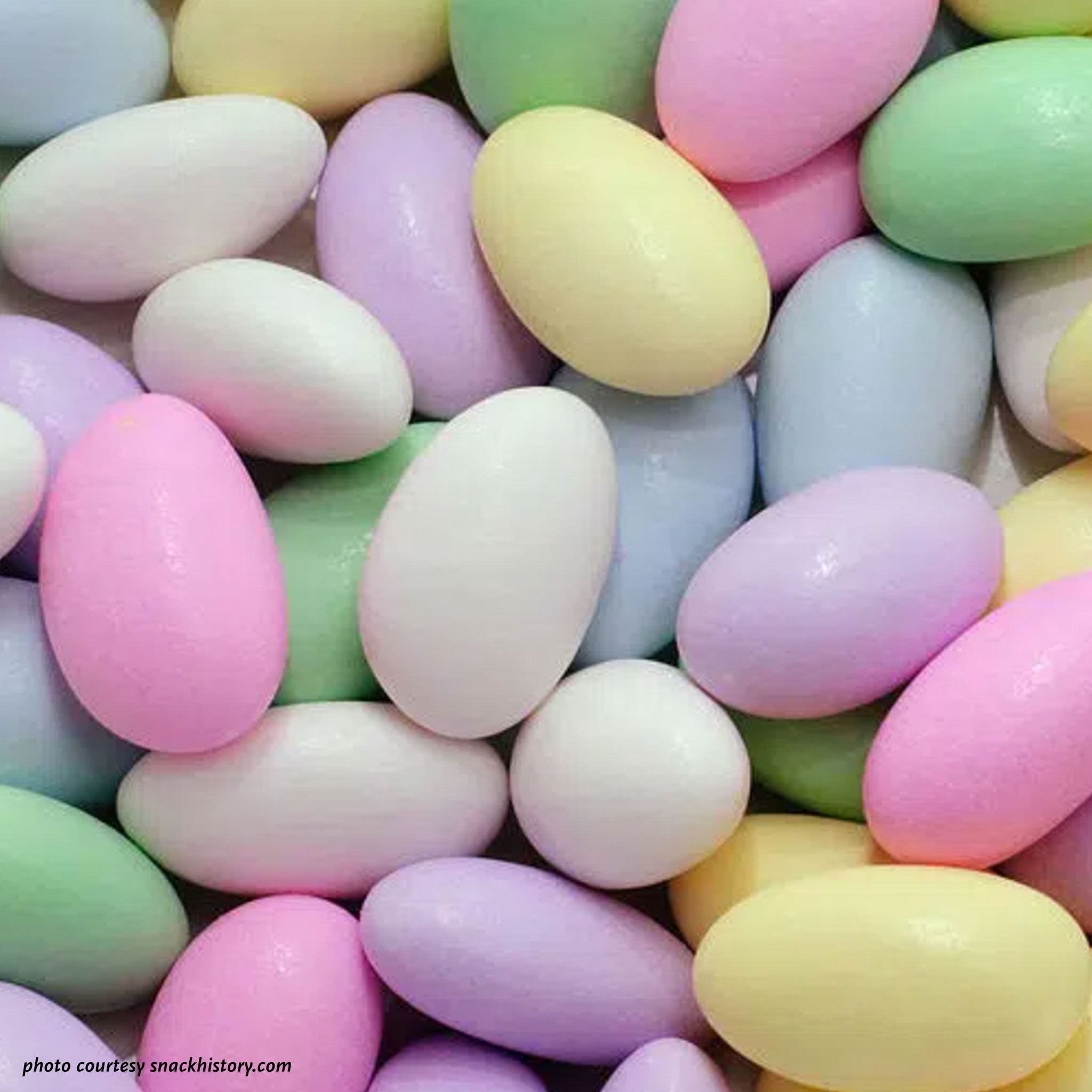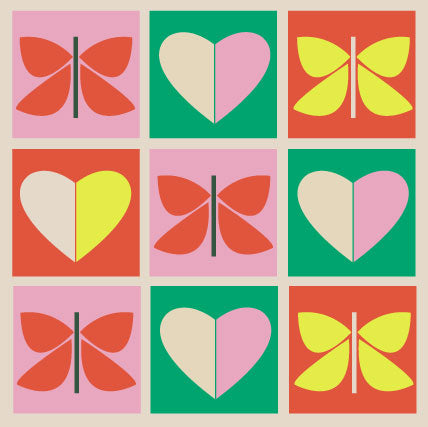
A Wedding Table's Best Friend: the Jordan Almond
A few weeks ago, Aran and I were having a chit-chat. I can't recall why, but the subject of Jordan Almonds came up, and we both started laughing. "Why do we always see Jordan Almonds at weddings?!" <insert chuckle here>. Jordan Almonds are colorful, candy-coated almonds. Chances are you've seen them at a wedding or baby shower.
After a bit of a laugh, I thought, let's look into it! Turns out, a wealth of historic and folk-inspired traditions surround these crackling candies. This post is by no means an exhaustive explanation of the history or symbolism of this candy. But you'll find some interesting tidbits for fun wedding party banter!
Origins
Many historians attribute the origin of the candy to around 177 BC when confectioner Julius Dragatus began coating almonds in honey. These treats were the delight of aristocratic weddings and special events. As centuries wore on and the development of sugar cane influenced kitchens around the globe, sugar-based coatings replaced honey.
What’s in a Name?
There are a few theories on how Jordan Almonds got their name. Some say it’s a variation on the French word “jardin,” meaning garden. Wild almonds can be poisonous, making it important to distinguish between wild almonds and “jardin” or garden-cultivated almonds. Others believe the term comes from the Jordan River in the Middle East. The original nuts may have grown along this river. A third (but by no means final) theory suggests that “Jordan” may be a derivation of “Verdun,” a town in France. In the 13th century, apothecaries in Verdun began using sugar to coat unpalatable medicines. Known as “dragées,” these sugary medications became popular, and eventually evolved into the sweet almond candies we know today.

Jordan Almonds around the Globe
If you're anywhere near Central Italy, head to the town of Sulmona, and you'll notice beautiful bouquets of Jordan Almonds, known as "Confetti." The legendary history of Confetti in Sulmona dates back to the 15th century when the Monastery Santa Chiara nuns began making rosaries out of Confetti. In 1753, the Pelino family established a Confetti factory, which still stands today. Famously known throughout Europe, Pelino Confetti provided confections for Prince Harry and Meghan Markle's wedding. Popes of years past have also leaned on Confetti and certain Italian, family-run factories to scratch their sweet-tooth itch.
In Greece, Jordan Almonds, or "Koufeta," carry a strong, traditional value around weddings and marriage. According to Greek legend, place a Koufeta under your pillow at night, and you'll dream of your future partner.
Elsewhere around the globe, they are known as "Mlabas" in the Middle East, and France still refers to the candy as "Dragées."
What Does it All Mean?
"Five sugared almonds for each guest to eat. To remind us that life is both bitter and sweet. Five wishes for the new husband and wife — health, wealth, happiness, children, and a long life!" This poem, attributed to Jill Girardo, pretty much sums up all you need to know about the lore of this wedding treat favorite! They symbolize the bitterness and hardness of life (almond) and the sweetness that usually comes with it (candy-coating).
White Jordan Almonds are often used at weddings to represent purity, but I love the variety of happy pastel colors. For anyone looking to have children after marriage, that roundish Jordan Almond shape is (supposedly) all about the egg, baby! ;)
If you are using Jordan Almonds as wedding favors, remember to package them in odd numbers (think three or five, as referenced in the poem above) if you want to stick with tradition. Mathematically indivisible, using odd numbers will ensure the happy couple remains undivided in life!

